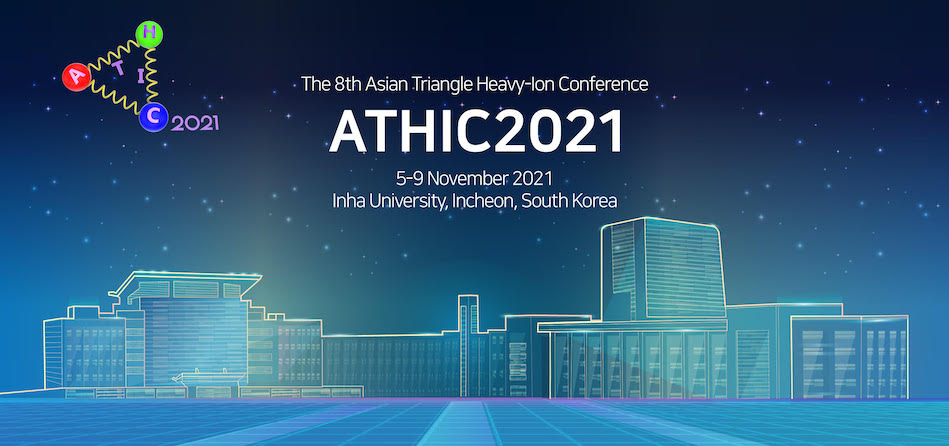Speaker
Description
Collective phenomena in heavy-ion collisions are very sensitive to initial geometry including nuclei deformation effects. In the hydrodynamic model description of heavy ion collisions, the final-state anisotropic flow $v_n$ are linearly related to the strength of the multi-pole shape of the nucleon density distribution in the transverse plane $\epsilon_n$, $v_n \propto \epsilon_n$. The $\epsilon_n$ are sensitive to the shape of the colliding ions, characterized by nuclear deformation. Results on the $v_n$ from isobar collisions at $\sqrt{s_{NN}}$ = 200 GeV with the STAR detector will be presented. The precise calculations with Monte-Carlo Glauber and a multi-phase transport (AMPT) model could be helpful to understand the role of the shape of atomic nuclei in heavy-ion collisions.




